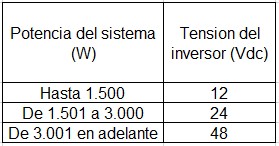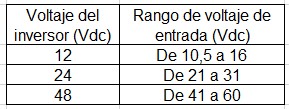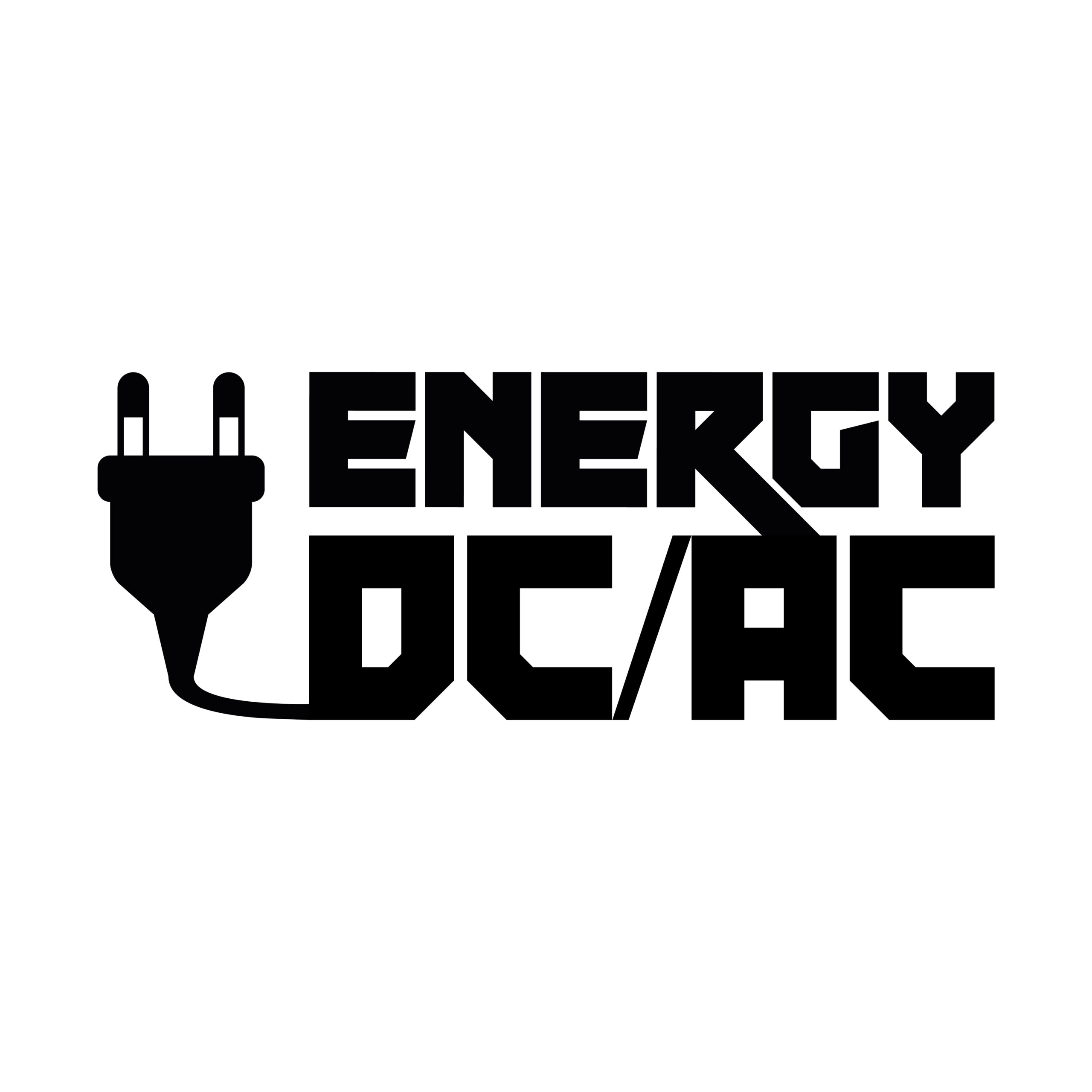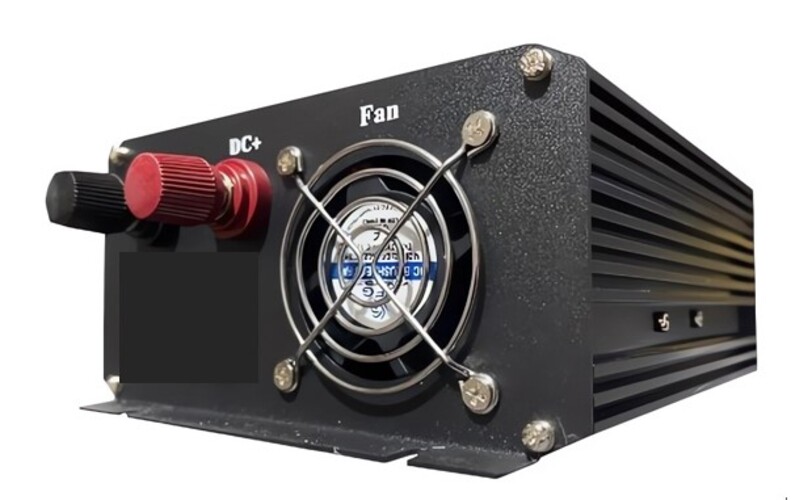Solar Energy
Example of selecting a DC AC inverter based on DC input voltage
Here, we will present an example of selecting a DC AC inverter for an energy system. Using the parameters provided in the previously published article titled The solar inverter: what you need to know before buying it. Part 4.
Before we proceed, we encourage you to read our content gradually to delve into this fascinating topic. It’s available in the Solar Energy category on our energydcac website.
In this article, we will begin by pre-selecting the equipment based on voltage level, ensuring compatibility of the input voltage with the solar panels. Let’s take a look!
Pre-selection based on the voltage of the DC AC inverter
For this, it is necessary to consider 2 factors. These are the input voltage, which is DC energy, and the output voltage, which is the DC energy transformed into AC current. Next, we will discuss the details regarding the first of the mentioned factors.
DC input voltage or Vdc
Internationally, the DC input voltage of inverters is standardized at 12, 24, and 48 Vdc. The selection of any of these depends on the power that the inverter will handle at its output.
This is due to reasons of insulation, current capacity, conversion efficiency, protections, government regulations, and others. Below is a table that illustrates how the projected power of the photovoltaic system depends on the voltage.

Now, the data from the example energy system indicates that it should provide an initial power of 1,500 W. While the final power would be 2,500 W with a 20% reserve.
Therefore, the projected final power is calculated as follows:

Where:
Pi = Inverter power
Pf = Final output power of the inverter, which is 2,500 W
Details of this power calculation can be found in the article titled Example of selecting an inverter by ac output voltage and power. Be sure to read it!
The power value you should take into account
On the other hand, as you can see, only the final power is taken into account. This is done for design considerations because the goal is for the inverter to work for both the initial and final power.
Therefore, if you work with the initial consumption, you would be limiting the growth of the power to be supplied by the system.
In such a case, it would be necessary to replace it with a higher capacity one when you want to expand the system, which implies additional expenses.
Therefore, it’s better for the equipment to be oversized from the start. With this clarified, we have the following, calculating the inverter power:

So, what should be the DC AC inverter voltage for the specifications of the photovoltaic system?
Based on the above, an inverter with a minimum power of 3600 W would be required. Therefore, according to Table 1, the most recommended DC voltage would be 48 Vdc.
Regarding the power aspect, we will delve deeper into this in our post Example of inverter selection based on AC output voltage and power.
Although it’s not directly related to this topic, due to its importance, we suggest you read our article Parallel connection: what it involves. Additionally, check out the post Series connection and its application in solar energy systems.
In the same posts, we explain these concepts focused on the voltage and current levels provided by the solar panels and batteries. Don’t miss out on them!
Likewise, it’s crucial for you to understand that the input voltage value of the inverter is not precise. Instead, it encompasses a range within which the equipment can operate. In other words, it won’t function outside of these values.
We provide you with the typical values for this parameter; however, it’s best to review them in the technical specifications.

Finally, it’s crucial to verify that the nominal voltage of the inverter matches the nominal voltage of the solar panels. This ensures the maximum efficiency of the equipment in the transformation process.
With this, we conclude this post where we’ve shown you how to pre-select the inverter based on the characteristics of the projected energy system. Specifically regarding the input voltage to the equipment.
We invite you to explore the content we’ve prepared for you in the categories on our website, energydcac. Likewise, we’re here to address any questions you may have. Until our next article!
Image sources
- energydcac.com
- amazon.es


Pingback: AC-DC inverter selection based on output voltage and power